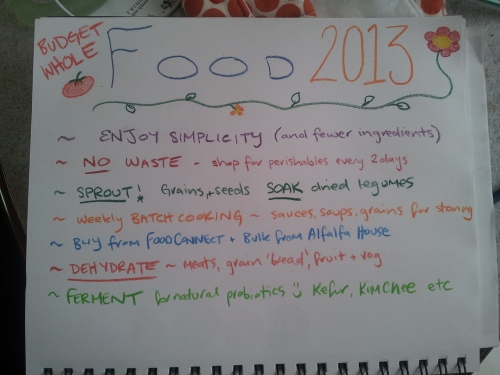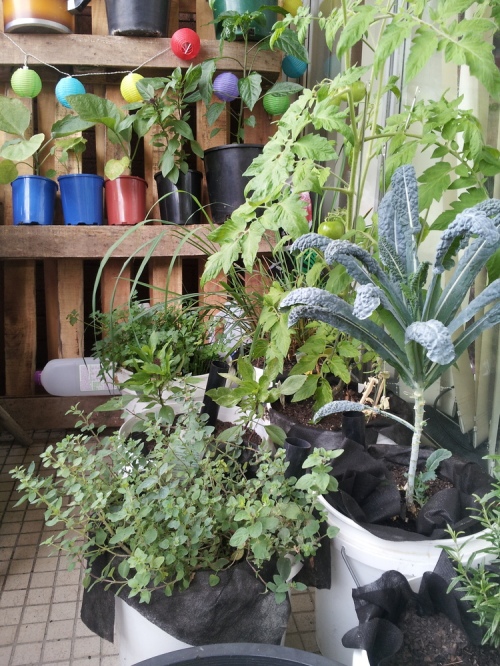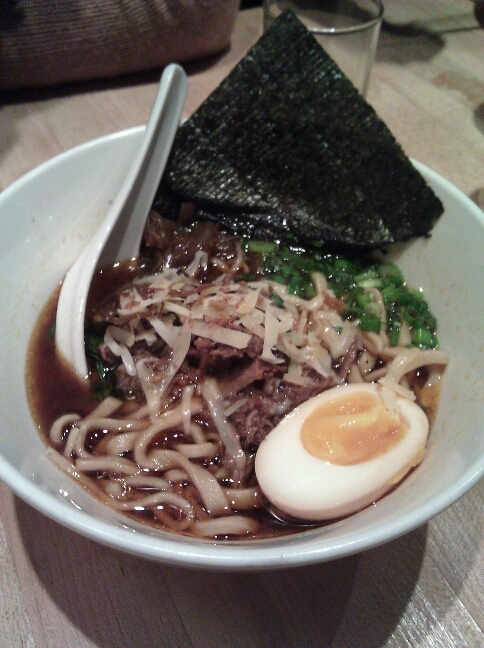Breastfeeding is often not as easy as it looks because while it is a completely natural way for a baby to be nourished it is in fact a learned skill by the mum and bub team. Babies are born with a sucking reflex, however they need to learn how to attach properly and, with the help of mum positioning them, remove milk effectively.
My boy, B and I got off to a slow start, which I now know was due to him having head trauma from the birth which gave him facial tension and a lop-sided palate, making milk removal difficult. As breastfeeding works on the principle of supply and demand, if the milk is not removed the body will slow down production. So my supply gradually dropped. It wasn’t until week 14 that we resolved the issue, thanks to determination on my part, support from many great women and lots of research which helped diagnose and resolve the issue.
So what happened?
After B’s unexpected ceasarian birth I was able to feed him within the hour and he seemed to be going well, but by day four I had badly cracked nipples and he was jaundice. Jaundice sets in when the baby doesnt remove the bilirubin from his system fast enough. Feeding is integral to this process as it is removed in the babys wee. The catch is that jaundice makes bub tired, making feeding more difficult- he kept falling asleep! On day 5, while I was down feeding B in ICU, a woman walked past and asked if the feeding hurt me, I said yes and showed her my cracked, bleeding nipples. She said he mustn’t be attaching properly and gave me some suggestions including telling me to pump for a day to give me a break from his gnarly (my expression) latch. And this was the extent of the guidance I was given in hospital. I found out later that one of the midwives who was attending to me and B was infact a lactation consultant, she however paid no attention to our feeding.
By the time we left hospital on day 6, B had lost the standard 10% of his birth weight and was down to 3.4kgs. No alarm bells here. Within a week of feeding at home my nipples were still really sore and a girlfriend, who also had a new bub, gave me nipple sheilds to protect them from the agony I was in at each feed. This helped (not sure why no-one at the hospital had mentioned this, instead they had me pumping and bottle feeding top ups). The cracks quickly cleared up at home and I could soon feed without the sheilds. But my new baby tended to scream a lot (colicky?) vomit a fair bit (refluxy?) but other than this, everything was ok, I thought.
I started to become aware that something was not right when B hit 5 weeks– he still had not regained his birth weight (this typically happens in 10 days). He was looking very scrawny and the nurses at my local early childhood health centre suggested I get pumping after each feed to boost my milk supply. I’d feed him, wait 20min, have something to eat and get the pump out- 10min on each side. I was only getting about 20-30ml of milk and doing this 8 times a day, losing sleep, but managing to comp him with the milk I had pumped.
A week of hardcore pumping efforts passed and B actually lost weight. My efforts were to no avail it seemed so the ECC lactation consultant advised me to go on a prolactin stimulating drug called Motillium (more about this under Pre-Glandular issues) but it did nothing for me. B had been spitting up a lot from the beginning which made me think perhaps he was just losing milk for vomitting too much up, and crying from reflux pain, so after some discussion with my GP I began comping him with an anti-reflux formula. This did little for the vommitting, infact I think he threw up more, but he did start gaining weight… slowly. By 8 weeks he was a 4.3kgs and in the 9th percentile, down from the 60th at birth. He had gained 500g on his 3.79kgs at birth but was still such a skinny little baby. Since I’d been comping him with formula from 6 weeks (around 60-120ml a couple of times a day), my supply really had dropped. I would frequently sit down to nurse and my breasts were completely soft. I pumped frequently but still found it hard to get more than about 20-30ml. I cried a lot, devastated that I could not give my baby everything he needed to thrive. I hated having to give him formula because I really believed in breastfeeding, for it’s health benefits as well as for our bonding.
I ended up switching to Homemade Formula, (recipe by Weston A Price Foundation/ Nourishing Traditions Cookbook) as I wanted to give him real food, rather than the canned powdered nestle stuff. It was a bit more work, but totally worth it.
Through this experience I met and bonded with quite a few other mummas who had difficulties breastfeeding. Not all have managed to resolve their issues. Some have weaned early, some still need to supplement their babies with formula in order to give them all the calories they need to thrive and some are still looking for answers, hopeful to get back to exclusively breastfeeding.
It’s hugely dissapointing to be a believer in breastfeeding and to not be able to exclusively breastfeed you bub. It can be a real puzzle to diagnose and it seems it can be difficult to get the right advice and support even with the ABA in Australia.
So how did we resolve the issue?
Well, we were lucky enough to be invited to a lactation conference to demonstrate breastfeeding. We received a consulation from the amazing Bridget Ingle, a lactation consultant from Brisbane with 20years experience. She was the key note speaker at this conference and gave B and I a conusltaion right there on stage. She examined his head and palate and asked me about the birth. Her immediate response was that the issue was not me. Yes, I had low supply now, but she thought that his mishapened head and pallet were causing difficulties with his latch and by the time my breasts were half full it became too hard for him to continue to remove milk. She suggested I get a supply line and give him all his comp feeds via the line rather than a bottle and continue to take B to the chiropractor for infant cranial massage. She also helped me with getting a better latch position to make it easier on him.
The supply lines is not cheap ($80 or so), it’s totally awkward to set up, and really only suitable for home use (unless you are feeling really confident). BUT it saved our breast feeding relationship! The trickle of milk relased by the supply line at the nipple gave B the motivation to continue to suck which enabled him to remove milk and stimulate more let downs and thus boost my supply.
ABOVE: Medela Supply Line and Supply Line in action (also called SNS, Suplemental Nursing Systen)
In addition to using the supplyline I took Bo to our family chiropractor three times a week for three weeks to have adjustments and by his 14 week birthday I was breast feeding exclusively and by 16 weeks all his head tension was gone. In addition to these external aids, I began eating all the lactogenic foods I could get my hands on and continued to pump (still not getting much more than about 50ml, the pump just doesn’t really work for me). More on milk stimulating foods below.
It’s been a long hard journey, but I am overjoyed to be exclusively breastfeeding, so proud of myself for not giving up and eternally thankful for all the support and advice I received. B is back up in the 60th percentile for weight and has delicious rolls all over.
Now, having read many blogs and books and having spoken with many midwives, lactation consultants and breast feeding counsellors I have begun getting involved with my local ABA and plan to do my training to be a breastfeeding educator. But for now, I’m going to attempt to break down some of the issues which cause low supply and offer some sugestions for getting back on top of things.
Three reasons for Low Supply:
Pre-Glandular: Essentially a hormonal problem. Prolactin is the hormone responsible for producing milk. It is the highest overnight. Sufficient prolactin is the starting point for milk making. Not all women have normal prolactin levels after the birth. However there are things you can do. There’s contraversial drug on the market called Domperidone (brand name Motilium) which helps stimulate prolactin by blocking dopamine. Sounds kind of risky, right, since dopamine is the feel good hormone. I was prescribed Motillium by a well meaning lactation consultant at my local health centre when I was in the early stages of trying to figure out why my bub wasnt thriving. I researched it and discovered it was actually formulated as an anti-nausea drug, but the side effect was a boost in prolactin which aided milk production and since it has been used to help adoptive mothers begin to lactate. The dopamine blocking aspect worried me a little but I took it anyway. A week in, I went pretty crazy and there was no change in my supply. So I stopped.
A note on the relationship between Dopamine and Prolactin. Anything you ingest which spikes dopamine can cause a wobble in your prolactin levels and thus effect milk making. Stimulants like caffine and sugar can cause the feel good rush, so if you are looking to boost supply it’s best to stay away from food and drink containing these.
Glandular: Micromastia or Breast Hypoplasia is the insufficiant growth of glandular tissue in the breast. Breasts will not increase in size during pregnancy and the mother will likely not be able to produce enough milk for her baby. Baby Center offers some sugestions to get started with pumping to stimulate milk production to the highest potential.
I’ve also found that the herb Goats Rue is hugely effective in increaing the capacity of the glandular tissue. Again I thought that perhaps hypoplasia may have been my issue as A) I have small breasts and B) they did not go up a full size during pregnancy. After 4 days of taking a very strong infusion of the herb my breasts expanded so much I got a whole lot of stretch marks, so yes the herbs definately increased how much milk I could hold, but it did not increase the rate of milk making. So, clearly it works but glandular tissue insufficiency was not my issue.
Post Glandular: Any interference with milk removal inhibits the suply/demand system of production. This could be baby related: head trauma from birth, tongue tie, cleft pallet, a sleepy baby etc or mum realted- inhibited let down reflex (related to oxytocin production), hemmorhage, retained placenta etc. Most private lactation consultants are able to examine your baby and check to see if there is a physiological issue impacting their ability to feed and they might then recommend a osteopath or a chiropractor trained in infant cranial manipulation who can assist in correcting the issue.
I found the La Leche League book– Making More Milk very helpful in breaking down causes and solutions for low milk supply.
If there is a post-glandular issue your supply might have dropped already in which case pumping, supply line and lactogenic foods can all help. Motherfood is a wonderful book and blog which has loads of suggestions for foods which stimulate milk making, as well as those to avoid. It also serves to bond low supply mummas, as the fight to increase milk is a tiring, tedious and time consuming.
During my crusade to increase supply I favoured eating quinoa, oats, almonds, dried fruits, flax/linseed and brewers yeast. I doctored Housepoets Lactation Cookies recipe to add even more lactogenic foods and elimiate dairy and wheat and reduce sugar. I got off dairy (because it makes B throw up more) and I have suspicions about soy as well, so have restricted my soy to just one soy latte a day (if only cafes used almond milk!).
Now I’m taking calcium supplement and a ton of greens these days to make up for not having dairy and it’s working very well. I also take a probiotic (so does B) to maintain good gut flora.
Finally I will share a few of Bridget’s words which inspired me… “it’s never too late” to increase supply (despite what some people will tell you) and “keep at it”. After two formula free days I suddenly had to give B four tops ups the next, I was devasted at the thought of going backwards. But sometimes it takes a while to get established and staying positive is hard, so continue surround yourself with other breastfeeders (ABA meet ups are great for this in Australia) and stay determined… it’s your superpower!!




















